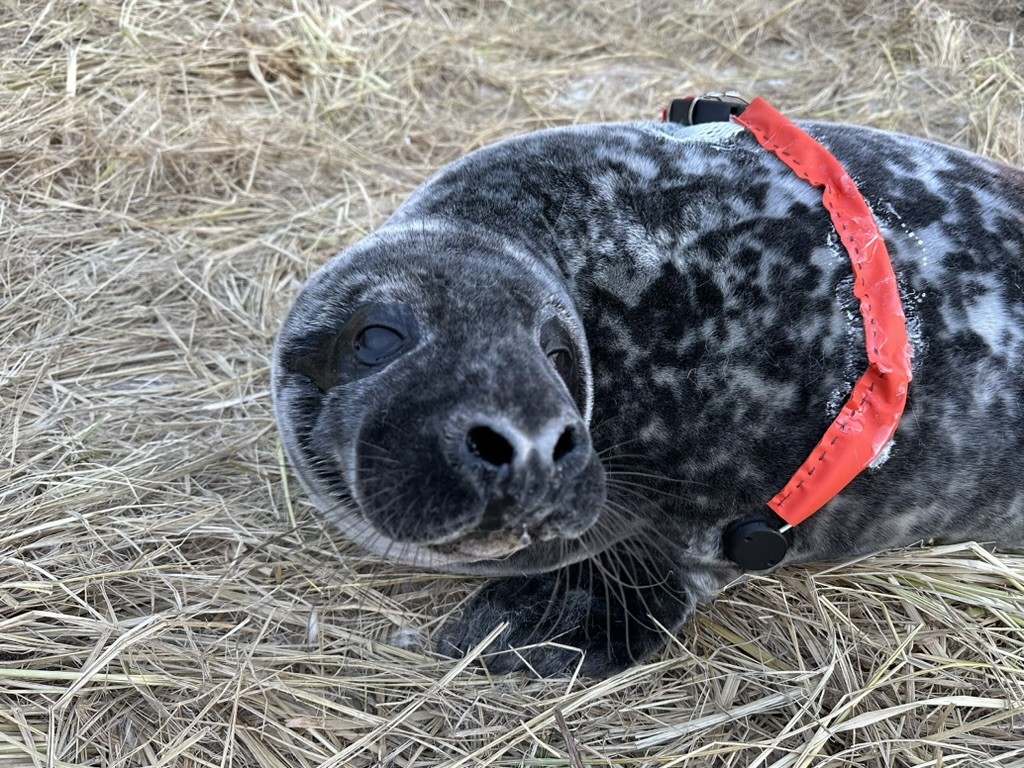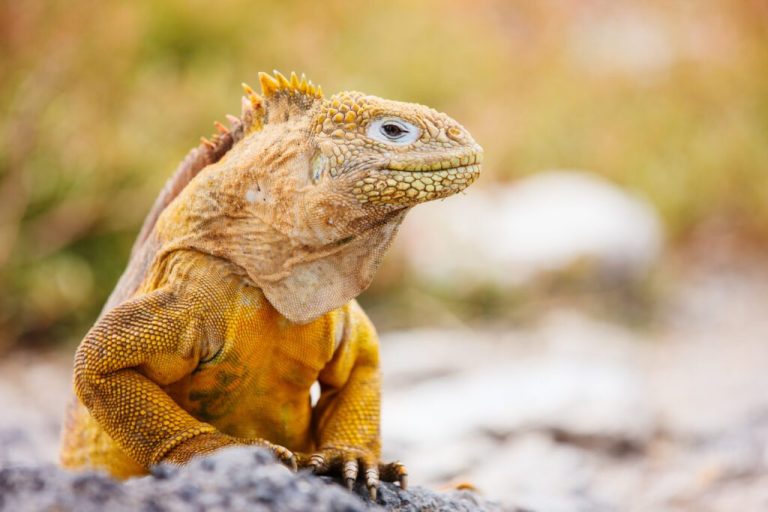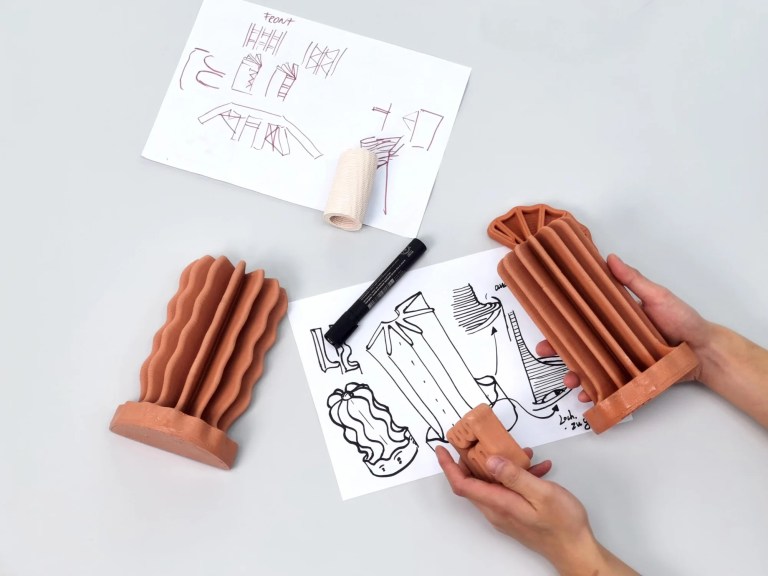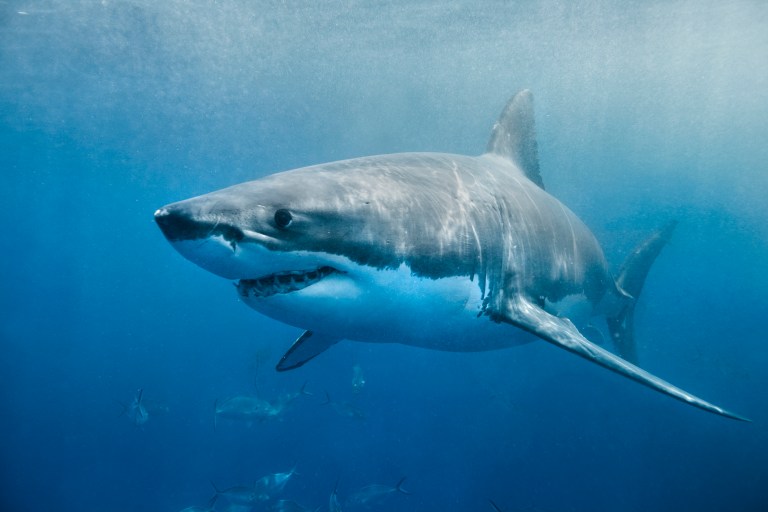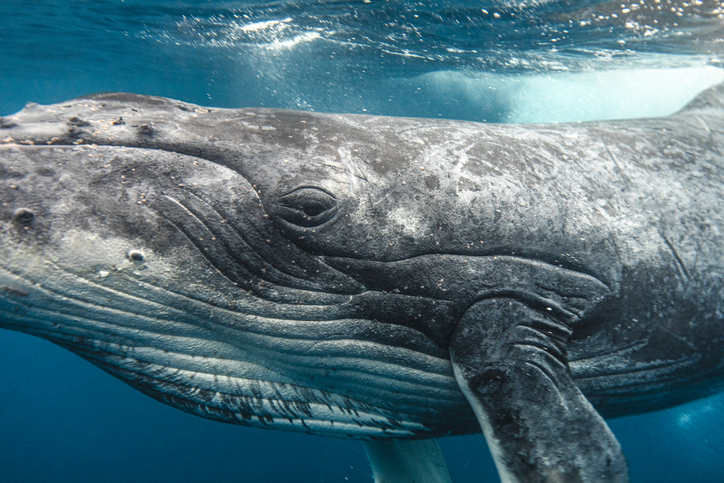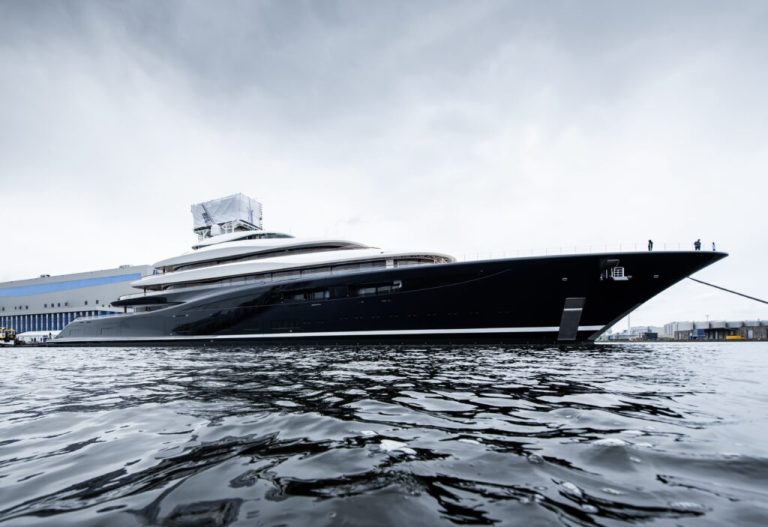About a third of Americans strap devices to their bodies to monitor their fitness levels and daily activities, per the National Heart, Lung, and Blood Institute — but travel to tiny, crescent-shaped Sable Island off the coast of Nova Scotia, Canada, and you’ll find gray seals donning Fitbit-like trackers as well.
Researchers from the Woods Hole Oceanographic Institution recently adorned six seal pups with heart monitors that gather data on the baby animals’ activity, heart rates, and EKG readings. The devices arm scientists with crucial information about how pups develop necessary survival skills, such as diving, as newborn seals only nurse with their mothers for around 15-20 days before they must function independently.
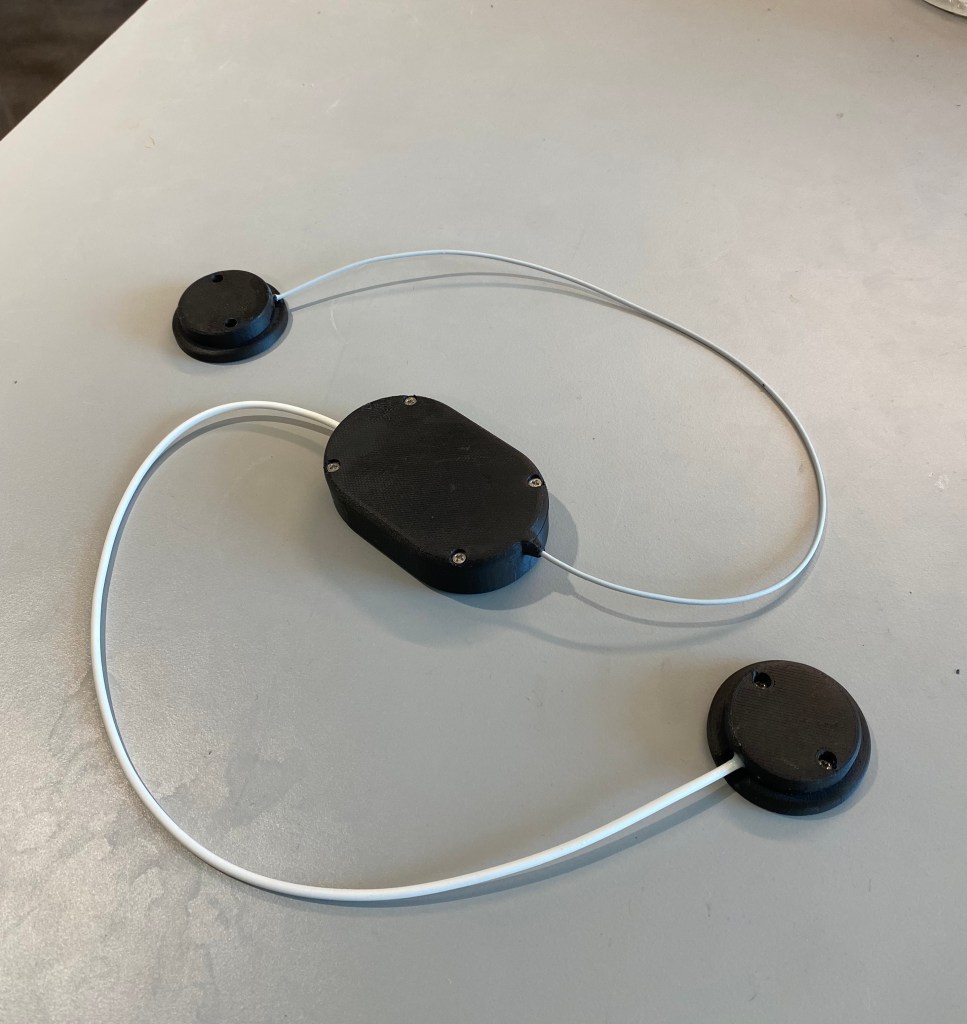
“Gray seals have large amounts of oxygen-carrying proteins acting as a sort of internal scuba tank so that they can make long underwater dives,” Michelle Shero, a marine biologist at WHOI, said in a press release. “The pups go from being nursed on land, to being suddenly weaned and having to transition to making a living in the ocean. They have to be able to hold their breath for long durations and slow their heart rate on dives so that they use their oxygen stores slowly.”
And there’s a pressing reason the researchers are specifically focusing on Sable Island’s gray seals: Up to 400,000 of the marine mammals convene there each winter to breed and give birth. However, while the overall population has been increasing in recent years, the institution estimates that 90% of pups now die before their first birthday, likely due to the growing competition for food.
But monitoring certain factors gives researchers insight into their likelihood to survive. “This data tells us a lot about the animal’s health and how much energy they’re expending and also tells us about how the pups are preparing and developing their diving abilities,” said Shero.
Woods Hole Oceanographic Institution
The research team was previously monitoring the seals’ iron levels, which affect how much oxygen the animals can hold for long dives, but are now using the heart monitors to dig deeper. And as opposed to deploying drones to estimate the pups’ body weight changes — something the team has also done in the past — the new devices provide “a lot more insight into the animals’ whole-day activities,” Shero told the Cape Cod Times.
It was important to the scientists that the trackers be non-invasive, and that they allow the seals to roam freely without requiring a researcher to be within range. So they turned to human monitors for inspiration. Working with WHOI engineer Ben Weiss, Shero created a tracker that has both a long memory and battery life, and can be held in place on the seals’ backs with 3D-printed “backpacks.”
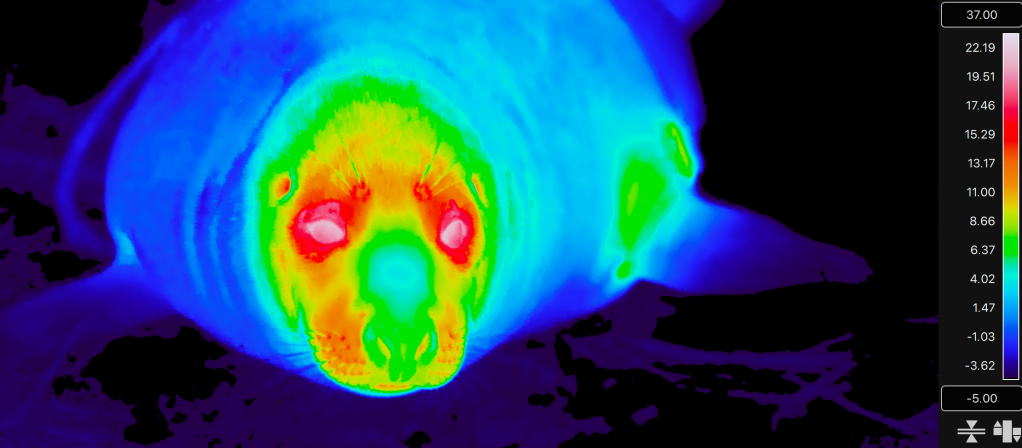
“Everything has gotten smaller and more efficient” thanks to Fitbits’ growing popularity, Shero explained to the outlet, adding: “One thing that’s actually very fun about trying to measure aspects of animal health that humans also do is that we don’t have to completely reinvent the wheel to still make a big impact.”
Due to the pilot program’s success thus far, Shero hopes to continue the project next year, and the team aims to keep creating methods for hands-off animal health monitoring. “This project represents the kind of advancements in marine science that come out of collaborations between scientists and engineers,” Weiss said in the release.
RELATED: Elephant Seals Sleep for Just 2 Hours a Day at a Depth of Nearly 1,000 Feet: Study
